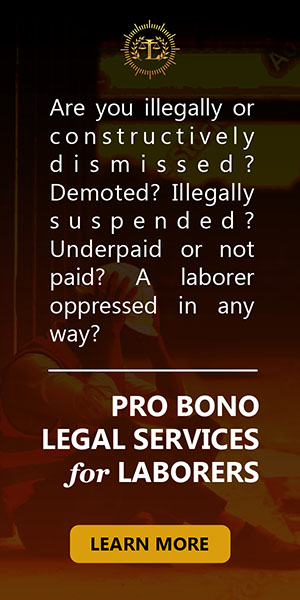Notes On Voluntary Dealings In Land Titles And Deeds
1. Sale, mortgage, lease, special power of attorney and trusts are examples of voluntary dealings. They are entered voluntarily by the parties. Unlike an involuntary dealings, the owner doesn’t want the transaction to be registered. The owner wouldn’t want his property be subject of an attachment, adverse claim or notice of lis pendens.
2. Registration is the necessary act for the transaction to bind third parties.
3. Actual knowledge is equivalent to registration. Registration is to give notice. If the person knows about the transaction, it is deemed that the transaction has been registered.
4. Registration should be done in the correct registry. If it is a titled property, there is a separate book for titled property. If it is a dealing with unregistered property, there is a different book for unregistered land. If you register in a different book, there is no registration that is valid as against third persons.
5. The constructive notice mentioned in PD1959 is conclusive.
6. There is a distinction with regard voluntary and involuntary dealings with the effectivity of registration. With involuntary dealings, once there is entry in the day book and paid the needed fees and taxes, the RD issues the new title and cancels the old one. Once there is compliance, the transaction is considered
registered. With voluntary dealings, entry in the day book is insufficient.
7. Mere entry in the day book/primary book is sufficient. It is often times that owners don’t want to surrender their owner’s duplicate.
8. Carry-over of encumbrances. Suppose that you purchase property and there was prior mortgages and notice of lis pendens. These encumbrances will be carried over to the new certificate issued to the buyer.
9. Can you sell only a portion of your property? You can have it annotated. But if the buyer would like a separate title, then he should submit a subdivision plan, there should be a technical description. The old title would be cancelled and a new title issued covering the portion sold.
10. Basically the procedure of registration for voluntary dealings can be categorized into two—if it is an absolute sale or mortgage. If it is a sale, the deed of sale and title should be submitted. There should also be proof of payment of real estate taxes as well as registration fees and documentary stamp taxes. With that, the Registry of Deeds shall make the corresponding entry that will cancel the old certificate of title and issue a new one in favor of the buyer. If it
is merely an encumbrance however, the document shall only be presented to the RD, payment of the corresponding amount and the corresponding annotation done by the RD is notice to third persons.
11. If it is judicial foreclosure, you register the order of the court confirming the sale. If it is extrajudicial foreclosure, you register the order of the sheriff.
12. For implied trusts, read the case of Aznar Brothers. It has two kinds—resulting trust and constructive trust. If it is an implied resulting trust, prescriptive period is 10 years from time of repudiation.
13. It is dependent on the facts and circumstances of the case on whether who would have a better right, the owner or the mortgagee. But generally, when it is through a forged deed, then the owner would have a better right over the property. The forged deed is a nullity. On the other hand, when there is chain of
title, the innocent purchaser in value would have a better right.
14. Doctrine of mortgagee in good faith. If the property is mortgaged to an innocent mortgagee, it is possible that he would have a better right over the property than the real owner.
15. Even if the title is null and void, there is still validity of the mortgage. The mortgagee has a right to rely on the title, provided there is nothing that would arise suspicion on the part of the mortgagee.



 Spotify
Spotify  iTunes
iTunes  AppleMusic
AppleMusic  YouTube
YouTube 


